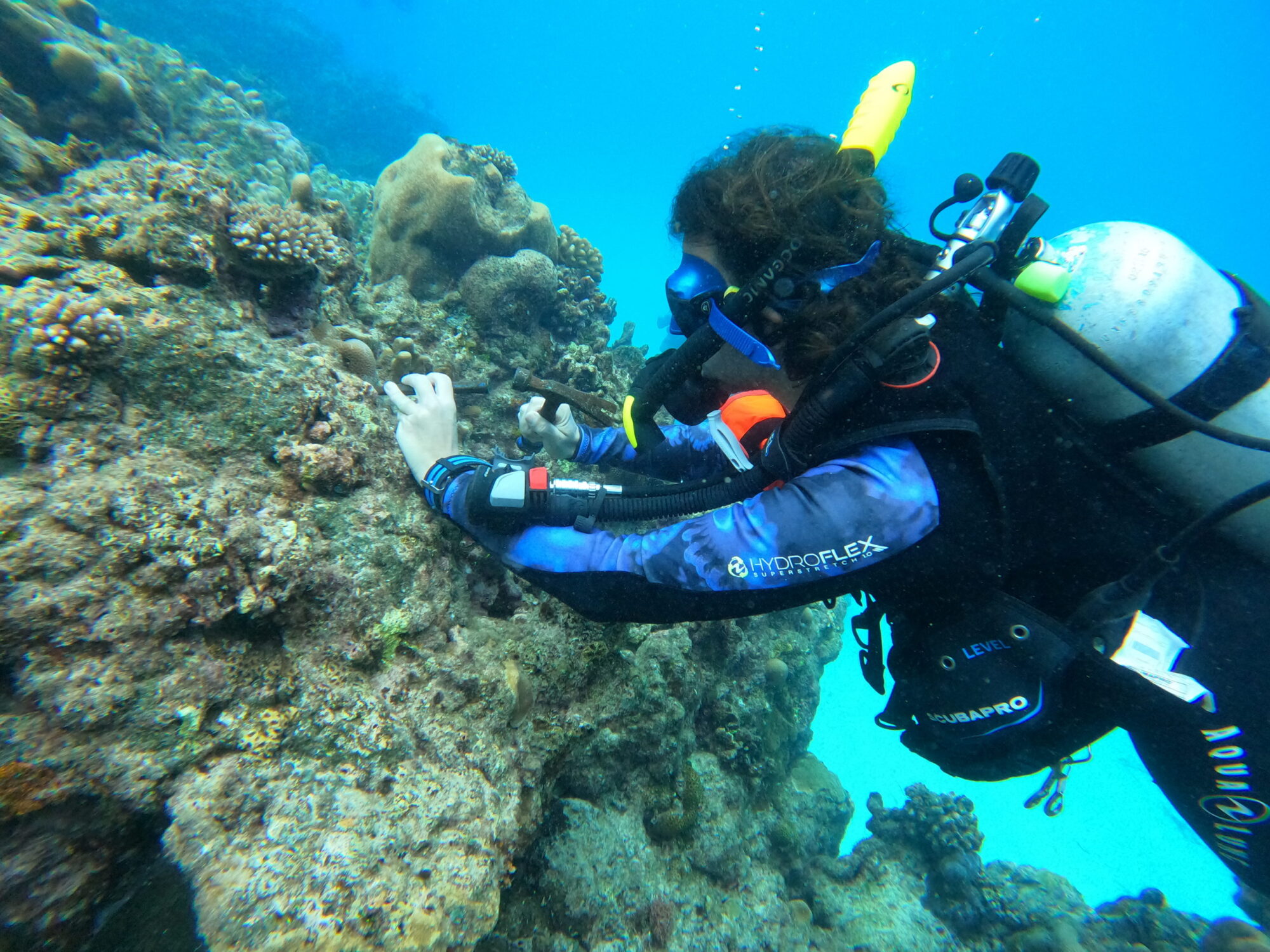MANGILAO – The University of Guam celebrated its 54th Annual Charter Day on Mar. 31, beginning at 9 A.M. The University held a limited capacity, in-person ceremony on campus and while livestreaming the event on the UOG Facebook page.
The theme of this year’s Charter Day is “Charting a course for New Horizons”, a focus on the continued progress of the University’s work in academics, community service, and research from faculty, students and alumni.
As a part of the Charter Day celebrations, the UOG Marine Laboratory hosted 30-minute guided tours of the laboratory’s facilities and showcased some of the marine life that inhabit Guam’s reefs.
The University of Guam Marine Laboratory
The Marine Lab is an established research unit of UOG comprised of graduate and undergraduate students and faculty researchers. The University established the Marine Lab in 1970 whose mission is to provide research work on marine biology specific to the region of Guam.
Marine Lab Research
In the past decade, the UOG Marine lab made new discoveries in marine biology.
In late Nov. 2021, Marine lab researchers discovered four new Crustose Calcifying Red Algae species. Results of their research is published in the journal PLOS ONE.
According to researchers, Matthew Mills and Tom Schils, CCR algae are integral to coral reef construction.
Mills and Schils named the four species of CCR algae, Ramicrusta adjoulanensis, R. asanitensis, R. labtasiensis, and R. taogamensis, after the locations they were found: Adjoulan Point, Asanite Cove (First Beach), the seawater intake channel behind the UOG Marine Lab, and Taogam Point.
More recently, Dr. David Combosch, Associate Professor of Population Genetics and Chair of UOG’s Graduate Biology Program, visited the Rota, Saipan, and Tinian from Mar. 10 to Mar. 27 alongside several graduate students in a sampling expedition of the region’s coral species.
The purpose of this study is to compare population genetics between the species on Guam and the CNMI.
Mikay Reuter, a Graduate Student Assistant for the Graduate Biology Program, collected samples of staghorn Acropora corals.
“Corals, especially staghorn corals, are facing increased rates mortality due to global and local environmental stressors,” said Reuter. “If we know how much genetic diversity there is in Guam and [the] surrounding islands we can better determine what management and conservation strategies should be put in place to protect coral that is left form future stressor events.”
Similarly, the UOG Marine Lab offers graduate students unique research opportunities.
Leilani Sablan, a UOG graduate student in Biology, boarded the Ocean Exploration Trust research vessel, EV-Nautilus, as an ocean science intern to assist researchers in a deep-sea exploration expedition spanning the Central Pacific.

